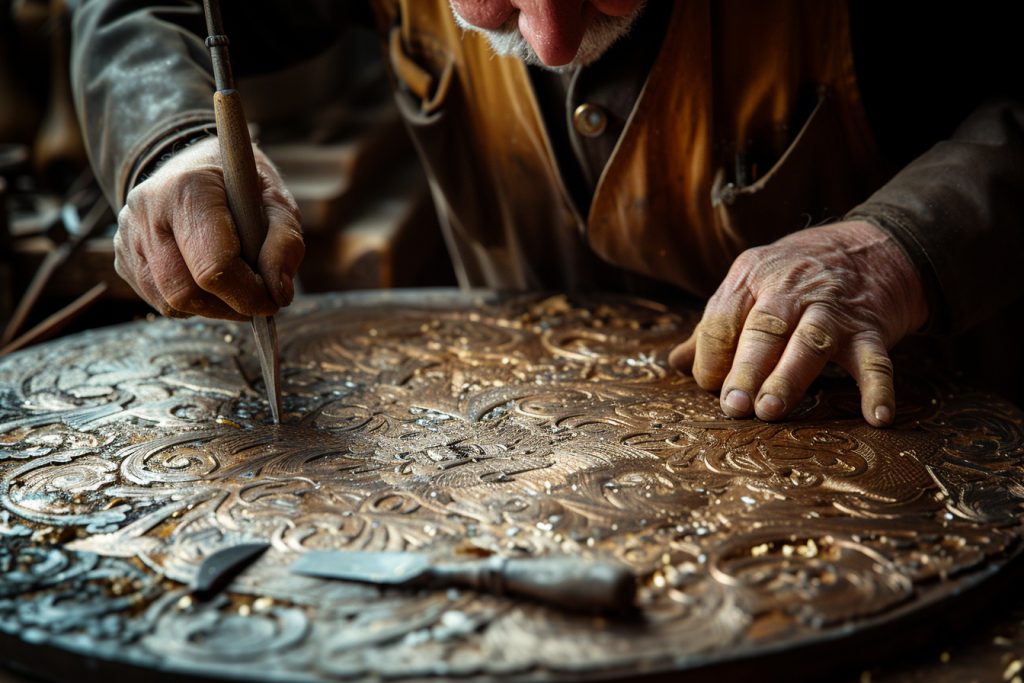Embarking on the journey to learn sewing can be both exhilarating and challenging. As a time-honored craft, sewing offers a blend of practicality and creativity. For beginners, mastering the fundamental stitching techniques is the first step toward becoming proficient with needle and thread. This article will delve into those essential stitching methods and provide useful tips that can help any novice tailor or hobbyist build a solid foundation in sewing.
Understanding the basics: tools you need

Before you start sewing, having the right tools is essential. Invest in quality basics such as needles, thread, fabric scissors, pins, a measuring tape, and a seam ripper. A well-stocked sewing kit will make your stitching endeavors much more manageable. Strong, sharp scissors will give you clean fabric cuts, and the right needle for your fabric type will prevent unnecessary frustration. Furthermore, familiarize yourself with how to properly thread a needle and knot the thread.
Hand sewing vs. machine sewing
You must decide whether to begin learning by hand or with a sewing machine. Hand sewing offers a greater sense of control and helps you build a tactile understanding of fabric and stitch tension. Machine sewing, on the other hand, is faster and gives a more professional finish. As a beginner, it is beneficial to start with hand sewing to grasp the fundamentals before moving on to a sewing machine.
The Running Stitch:
It is the most straightforward, often used for basting and simple seams. The running stitch involves passing the needle in and out of the fabric at equal intervals, creating a dotted line of thread.
The Backstitch:
This stitch is more robust than the running stitch and is the go-to for seams that require strength. It involves taking one step forward and two steps back with the needle, creating a solid and continuous line.
The Slip Stitch (or Ladder Stitch):
Ideal for finishing hems invisibly, the slip stitch is a method of sewing two folded edges together so the seam is barely noticeable.
The Whipstitch:
Used to bind two pieces of fabric together, the whipstitch wraps the thread over the fabric edges, forming a series of diagonal stitches that are visible from both sides.
The Blanket Stitch:
As a decorative finish for the edges of blankets and other items, the blanket stitch provides both aesthetic appeal and prevents fraying.
Practical tips for perfecting your stitch

-
Practice Makes Perfect:
Without exception, practice is the key to improving your stitching. Begin with spare pieces of fabric or old clothes that you can spare in case of errors. -
Maintain Even Tension:
The consistency of your stitch tension will determine the appearance and strength of your seam. If the fabric puckers, your tension might be too tight; if the stitches are loose and the fabric easily separates, the tension might be too weak. -
Choose the Right Thread:
Use thread that matches both the color and weight of your fabric for the best results. Incorrect thread choice can lead to broken stitches or visible repair work. -
Knotting the Thread:
Learning to knot your thread securely is vital. A simple way to knot is to wrap the thread around your finger, roll it off with your thumb, and then pull tight to form a knot at the end. -
Thimble Use:
A thimble can save your fingers from painful pricks and helps to push the needle through tough fabrics. -
Sewing Straight Lines:
To achieve straight seams, use a piece of tape or a ruler as a guide until you develop a steady hand. -
Starting and Ending Seams:
Lock your seams by backstitching at the beginning and end to prevent unraveling. For an even stronger hold, repeat your backstitch several times over the same spot.
Expanding your stitch repertoire
Once you have mastered the basic stitches, seek to expand your repertoire with more complex techniques. Stitches like the zigzag, for machine sewing, or the catch stitch, for hemming, will improve your sewing ability and allow for a broader range of projects.
Beyond stitching: understanding fabrics and patterns
Sewing is about more than just stitching; it’s about creating harmony between fabric and design. Learn to identify different fabric types and how to handle their unique characteristics. Moreover, interpreting patterns is a skill that will aid in transforming flat pieces of fabric into three-dimensional garments or items.
Identify Fabric Grain:
The grain of the fabric can affect how it hangs, stretches, and ultimately, how the finished product fits. Always align your pattern with the fabric grain for best results.
Cutting Techniques:
Proper fabric cutting is also crucial. Use a flat surface and keep your fabric unwrinkled for precise cuts. Remember that different fabrics require different scissors; using fabric scissors on paper, for instance, will dull them.
While this article does not conclude, it offers valuable insights and foundational knowledge that can serve as stepping stones in your sewing journey. With patience, practice, and attentiveness to detail, your threading skills will develop, enabling you to tackle intricate projects with confidence. Explore, experiment, and most importantly, enjoy the process of crafting creations stitch by stitch.








